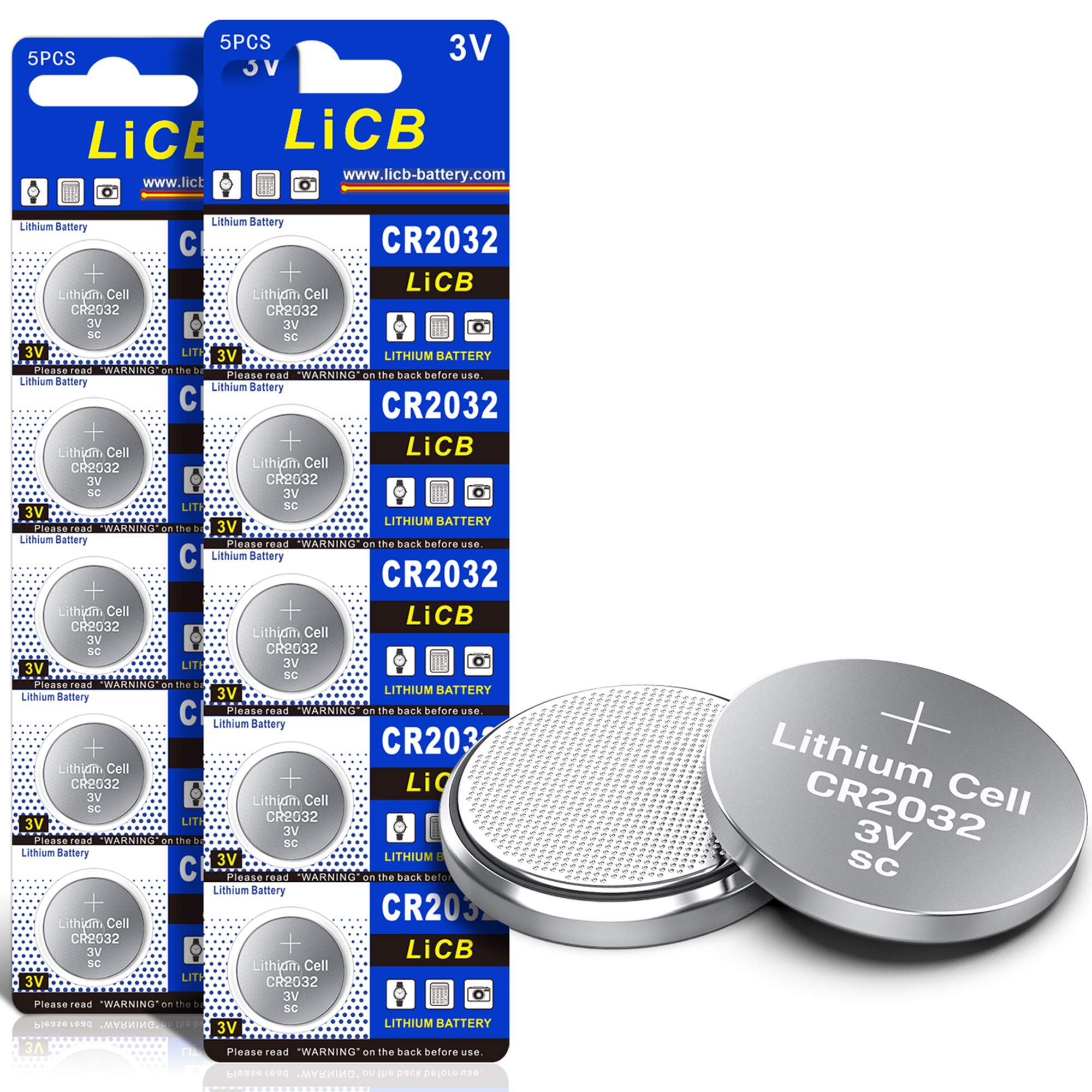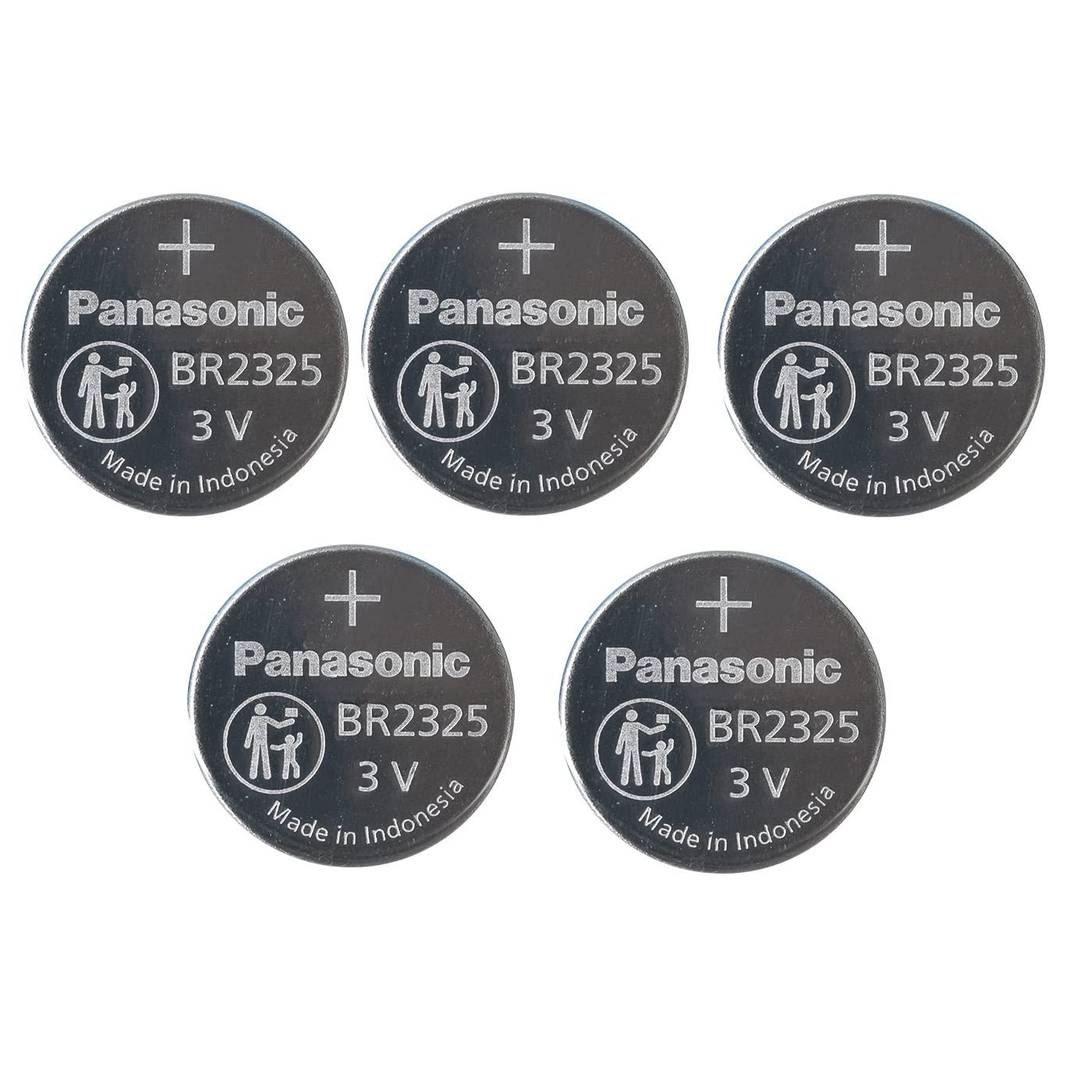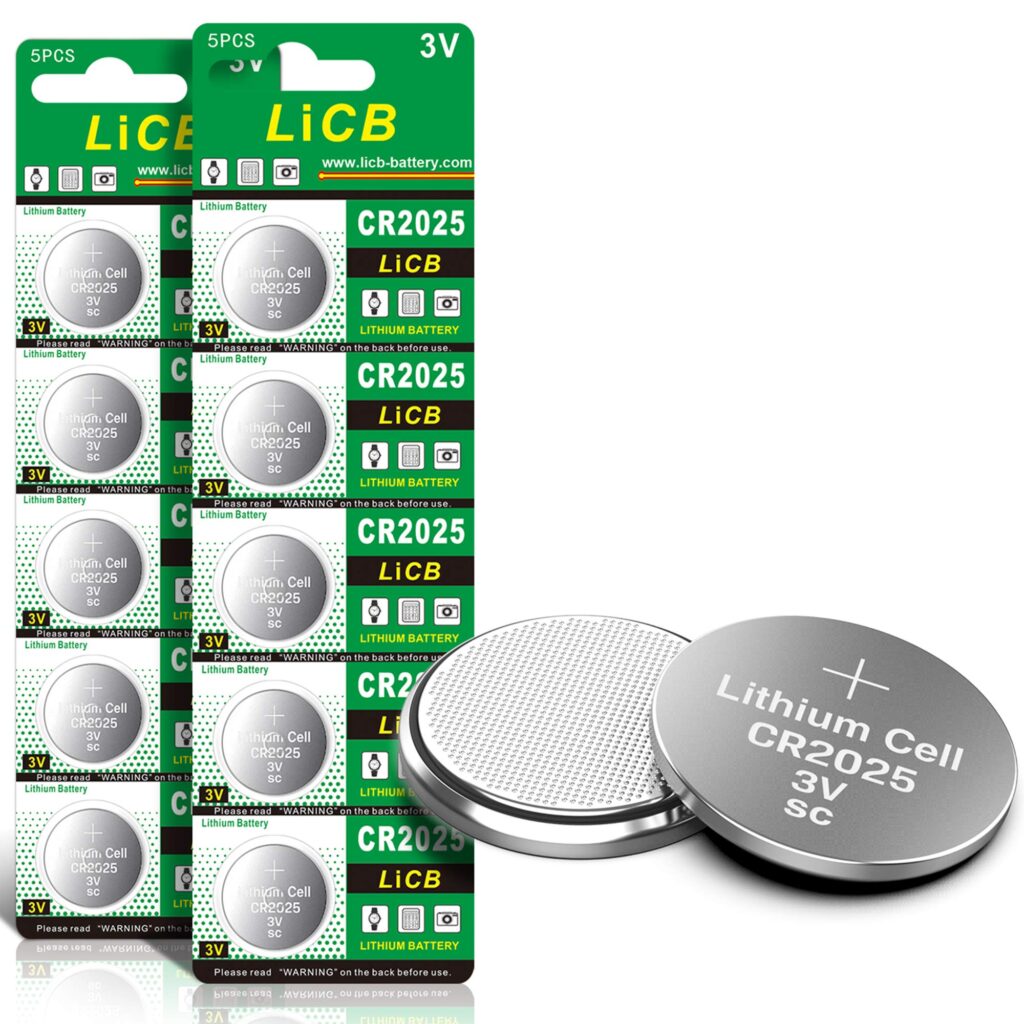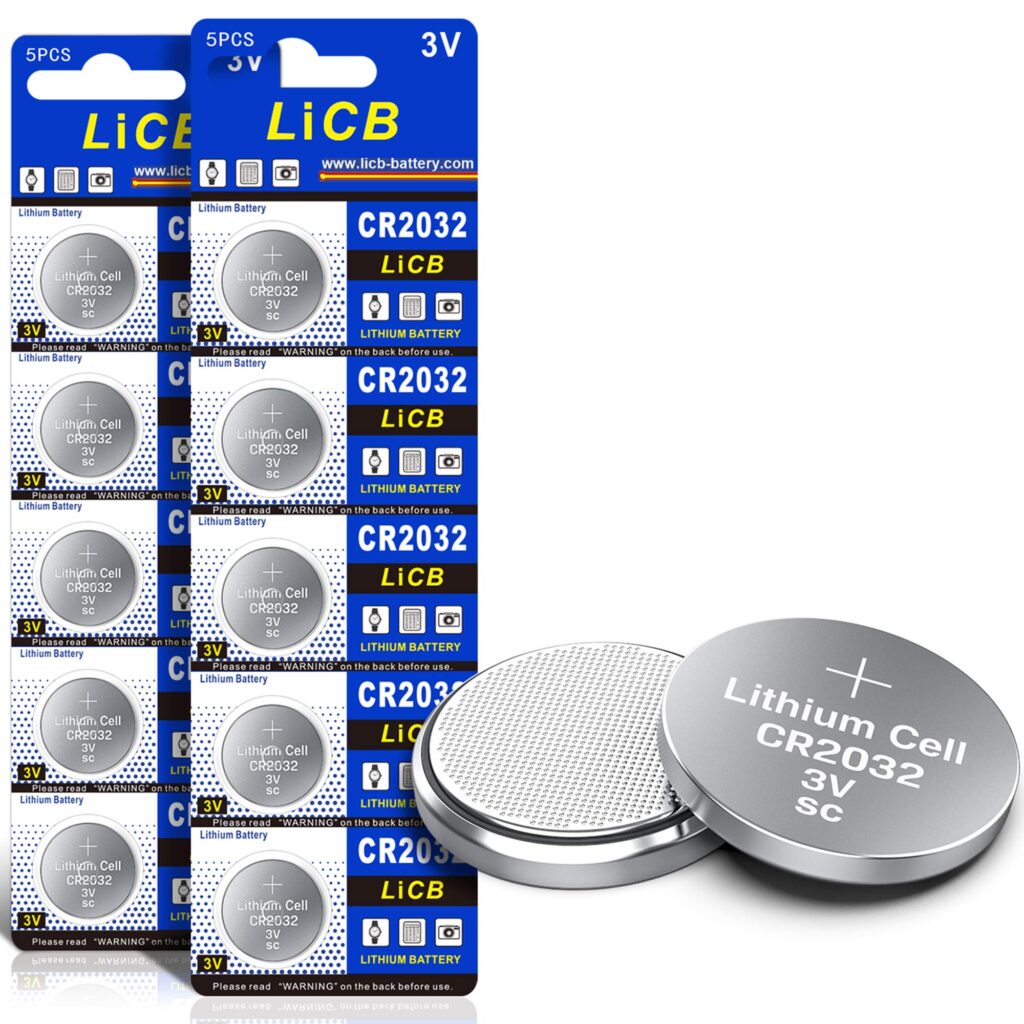When it comes to powering small devices like watches, calculators, and remote controls, lithium coin cell batteries are a popular choice due to their compact size and high energy density. Two commonly used models in this category are the CR2032 and the BR2325 batteries. Both of these batteries serve similar purposes, but they come with distinct specifications and features that make them suitable for different applications. Understanding their differences can help you make an informed decision based on your specific needs.
The CR2032 is a widely used lithium coin battery renowned for its consistent performance in a variety of devices. On the other hand, the BR2325 is another lithium-based battery, often chosen for its reliability in extreme conditions. This article aims to provide a comprehensive comparison of these two batteries, exploring their features, specifications, and user experiences to guide your purchasing decision.
Detailed Comparison Table
| Feature | CR2032 | BR2325 |
|---|---|---|
| Image |  |
 |
| Diameter | 20 mm | 23 mm |
| Height | 3.2 mm | 2.5 mm |
| Voltage | 3V | 3V |
| Capacity | 210-240 mAh | 165-200 mAh |
| Temperature Range | -20°C to 70°C | -30°C to 85°C |
| Self-discharge Rate | 1% per year | 0.5% per year |
Informative Explanation of Features and Specifications of Both Products
CR2032 Battery
The CR2032 battery stands out with its compact 20 mm diameter and 3.2 mm thickness, making it a perfect fit for small devices that require a stable power source. Operating at a standard voltage of 3V, this battery offers a capacity ranging from 210 to 240 mAh, which translates into a long-lasting power supply for basic electronics. One of its standout features is its wide availability and cost-effectiveness, making it a popular choice for everyday gadgets.
The battery is designed to perform reliably within a temperature range of -20°C to 70°C, suitable for most indoor and some outdoor applications. It has a self-discharge rate of approximately 1% per year, ensuring that it retains its charge well when stored. However, it may not be the best choice for devices exposed to extreme temperatures.
BR2325 Battery
In contrast, the BR2325 battery is known for its robust performance in harsh environments. With a slightly larger diameter of 23 mm and a thinner profile of 2.5 mm, it is ideal for specialized devices that require a stable power source in extreme conditions. Like the CR2032, it operates at a 3V voltage but offers a slightly lower capacity between 165 and 200 mAh.
A defining feature of the BR2325 is its exceptional temperature tolerance, ranging from -30°C to 85°C, making it a superior choice for devices used outdoors or in industrial settings. Additionally, it has a lower self-discharge rate of about 0.5% per year, ensuring efficient energy retention over longer periods.
Differences Between Products
While both batteries share similarities in voltage and general usage, their differences lie primarily in size, capacity, and environmental performance. The CR2032 is smaller in diameter but thicker compared to the BR2325. It offers a higher capacity, making it suitable for devices that require more energy over time. However, its temperature tolerance is lower, which may limit its usage in extreme conditions.
Conversely, the BR2325 is tailored for environments with temperature fluctuations, boasting a broader operating range. Its slightly lower capacity may be a trade-off for better performance in adverse conditions. The lower self-discharge rate of the BR2325 means it can store energy more efficiently, making it an excellent choice for devices that are not used frequently but must remain operational when needed.
Pros and Cons Section
CR2032

Pros:
– Higher capacity (210-240 mAh) for longer-lasting power.
– Widely available and cost-effective.
– Suitable for a variety of devices.
Cons:
– Limited temperature range (-20°C to 70°C).
– Slightly higher self-discharge rate (1% per year).
BR2325

Pros:
– Excellent temperature tolerance (-30°C to 85°C).
– Lower self-discharge rate (0.5% per year).
– Reliable in extreme conditions.
Cons:
– Lower capacity (165-200 mAh).
– Less commonly available compared to CR2032.
Performance Evaluation and User Experience
The performance of the CR2032 battery is generally praised for its durability and reliability in everyday applications. Users appreciate its long life in devices such as remote controls, scales, and watches. Its availability and affordability are often highlighted as significant advantages, making it the go-to choice for many consumers. However, some users have noted that it may not perform optimally in devices exposed to temperature extremes, which can lead to reduced battery life.
In contrast, the BR2325 has received positive feedback from users who require performance in challenging conditions. Its ability to maintain functionality in both low and high temperatures makes it ideal for industrial applications and outdoor gadgets. Users have reported satisfaction with its consistent performance in harsh environments, despite its slightly lower capacity. The lower self-discharge rate is also a notable benefit, leading to positive user experiences in scenarios where devices are used intermittently.
Final Recommendation and Conclusion
In conclusion, both the CR2032 and BR2325 batteries have their unique advantages, catering to different needs and environments. If your priority is higher capacity and cost-effectiveness for average indoor applications, the CR2032 is likely the better choice. Its widespread availability and reliable performance in controlled environments make it a versatile option for various consumer electronics.
On the other hand, if you require a battery that can withstand extreme temperatures and offer reliable performance in variable conditions, the BR2325 is the recommended option. Its lower self-discharge rate and wider temperature range make it suitable for niche applications where environmental factors are a concern.
Ultimately, the choice between CR2032 and BR2325 should be guided by your specific requirements, taking into consideration the operating conditions and the energy needs of your devices. By understanding the features and limitations of each battery, you can ensure optimal performance and longevity in your electronic devices.


